3 semester credits. This course offers students a combination of two original approaches to Bernardo Buontalenti: discovering the artistic contribution of a genius in Florence’s 16th century intellectual scene, and learning the cultural, political and scientific background that led to the creation of modern ice cream (gelato). The lessons will range from Buontalenti’s childhood at the Medici court to his artistic training spanning the analysis of his Florentine works (ephemeral installations for spectacular events, theatrical sets, and costumes), masterpieces of sculpture, architecture, and monumental gardens. Buontalenti's eclectic genius also involved the creation of the first ice cream machine. Students will learn about the various production techniques and genesis of sorbet, granita, and gelato from both a historical and technical point of view. Coursework will be organized through a series of practical workshops on various types of frozen desserts, lectures focusing on the artistic works of Buontalenti, and guided visits of major works by Buontalenti in Florence. Visits will include specialized tastings at select artisanal laboratories in Florence. This class includes experiential learning with CEMI.
Architectural Restoration and History of Architecture
IDRHBG305 Buontalenti's Florence: From Architecture to Gelato
IDRHHB330 Historical Building Restoration And Conservation
3 semester credits. This course develops the skills to correctly evaluate the conservation status of architecture and to define the necessary intervention to repair through conservation and restoration practices. Emphasis is placed on historical buildings. Through the study of the traditional building techniques, students will discover the difference between internal structural instabilities and defects, damage due to the natural evolution of the building's life cycle, external forces, and weather change. Topics also focus on the causes of cracks and the collapse of the structural elements such as foundations, columns, walls, floors, arches, and domes.
IDRHMA360 Masters of Architecture
3 semester credits. This course consists of theoretical and practical approaches that gradually and comprehensively allow the student to approach the logic of composite syntax and design problematics of contemporary architecture. Students will conduct a critical analysis of concrete examples of architecture through the works of globally recognized architects, presented in individual lessons focusing on a direct and cross-sectional approach in order to draw out significant relationships of methods and language from their projects and singular experiences. The principal objective posed by this course is to understand the original features of an architectural project or research, starting from a reflection upon the "elements of architectural composition," their application, and the evolution of architecture. The analysis is conducted with a historical timeframe, starting from a study of the masters of architecture such as Boullée and Palladio and how the application of their teachings is located in subsequent architects such as Thomas Jefferson and arrives at the works of masterpieces modern architects such as Le Corbusier, Louis Khan, Mies van der Rohe, and Frank Lloyd Wright and those from the Italian panorama including Carlo Scarpa. The concluding studies will be concentrated on current masters working in the field such as Alvaro Siza, Peter Zumthor, and Santiago Calatrava.

